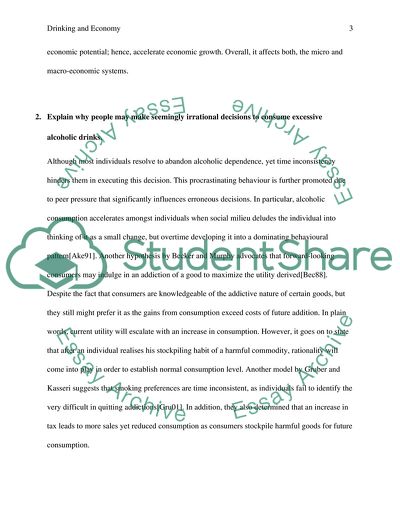Cite this document
(Key Aspects of Drinking and Economy Essay Example | Topics and Well Written Essays - 1250 words, n.d.)
Key Aspects of Drinking and Economy Essay Example | Topics and Well Written Essays - 1250 words. https://studentshare.org/social-science/1785237-economy-essay-question-drinking-and-economy
Key Aspects of Drinking and Economy Essay Example | Topics and Well Written Essays - 1250 words. https://studentshare.org/social-science/1785237-economy-essay-question-drinking-and-economy
(Key Aspects of Drinking and Economy Essay Example | Topics and Well Written Essays - 1250 Words)
Key Aspects of Drinking and Economy Essay Example | Topics and Well Written Essays - 1250 Words. https://studentshare.org/social-science/1785237-economy-essay-question-drinking-and-economy.
Key Aspects of Drinking and Economy Essay Example | Topics and Well Written Essays - 1250 Words. https://studentshare.org/social-science/1785237-economy-essay-question-drinking-and-economy.
“Key Aspects of Drinking and Economy Essay Example | Topics and Well Written Essays - 1250 Words”. https://studentshare.org/social-science/1785237-economy-essay-question-drinking-and-economy.


